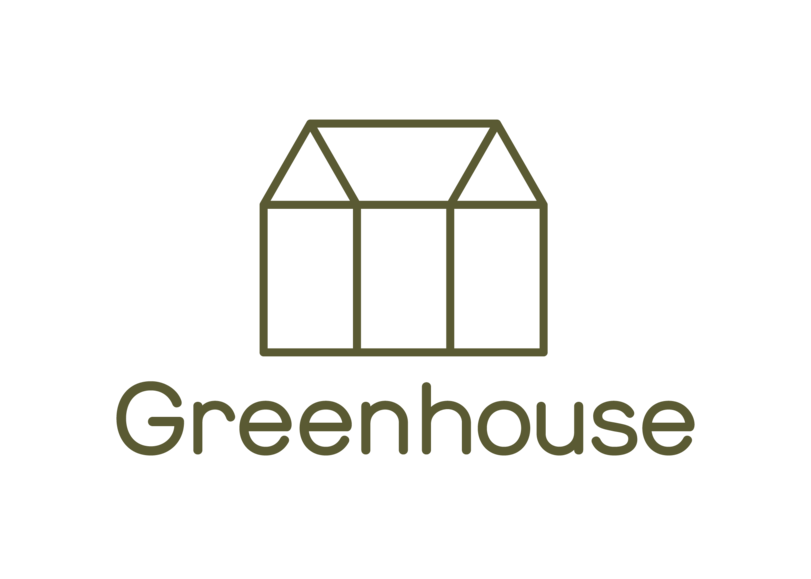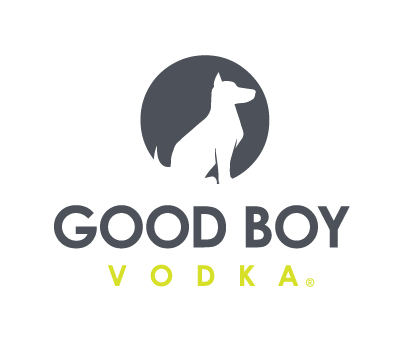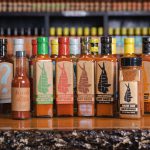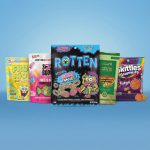‘It’s All About the Story’: Blue Stripes Seeks Next Growth Stage With New Capital
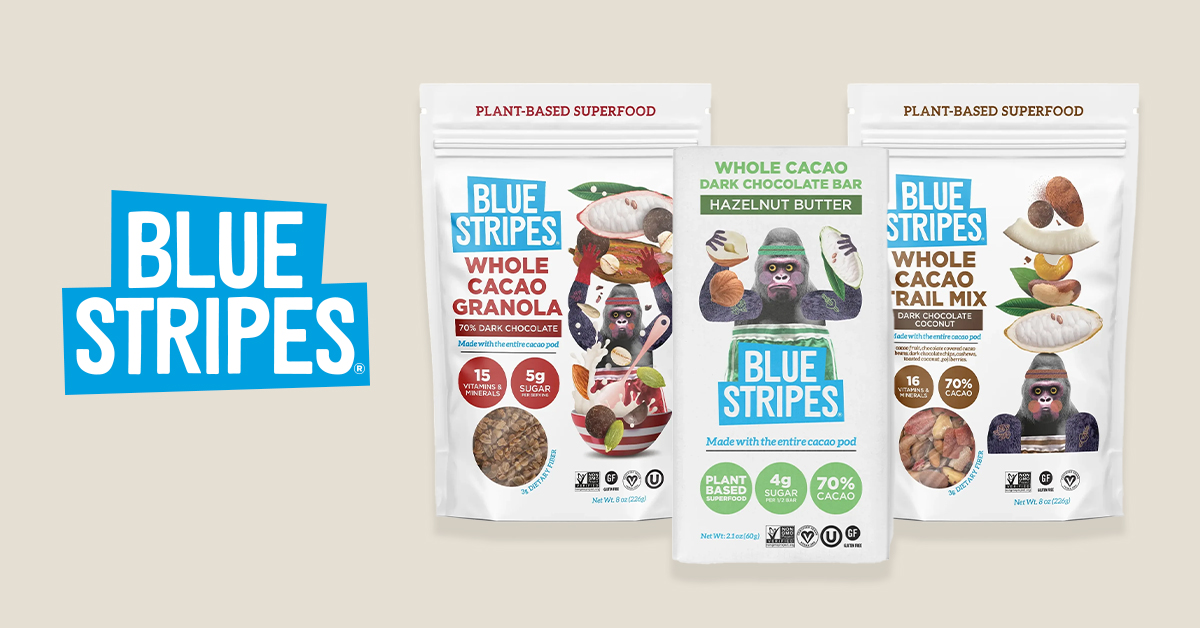
Blue Stripes, the brainchild of renowned chocolatier Oded Brenner, is aiming to generate brand awareness, drive sales and roll out new marketing efforts to support its whole cacao products with the support of a recent $20 million Series B funding round led by Zintinus.
The New York-based company plans to use its new capital to execute more in-store demos and partner with influencers spanning various industries.
“The main thing for us is telling the story of the cacao fruit that consumers will understand, leading to them trying and purchasing the products,” said Brenner. “What we’re doing with cacao is incredibly real.”
He continued, “How can it be that the [enormous chocolate] industry is just taking 25-30% of this large fruit and discarding the rest when the rest is so delicious and nutritious and there’s such a wide array of culinary applications?”
Blue Stripes prides itself on its unique positioning centered around reducing waste in the chocolate industry. The brand’s production process reduces cacao fruit waste by using 70% of the fruit typically discarded once cocoa beans are harvested.
The company’s products – including cacao water drinks, whole cacao chocolate bars, granola, trail mix, chocolate-covered whole cacao beans and snackable dried cacao fruit – are available in over 2,000 stores nationwide, including Fresh Market, Sprouts and small premium grocers like Happier Grocer.
The brand is focused on growing distribution within the natural channel, where consumers “are naturally drawn to clean products with functional benefits like cacao water.” Food service outlets also offer a unique opportunity.
“The expansion should be pulled in the natural channel, and then from there, it can start moving slowly into [mass retailers] like Kroger and [club retailers] like Costco. I think it would also be interesting for us to [try out] foodservice because places like airports and coffee shops are incredible outlets for people to explore new beverage experiences,” said Brenner.
To garner greater brand awareness, Blue Stripes will execute in-store demos to familiarize consumers with the complex flavor of the cacao fruit and partner with influencers across several industries – from food to fitness to wellness – to share the brand’s sustainability-focused story, starting with popular YouTube chef Nick DiGiovanni.
“All of them together will tell the story of the cacao fruit, its functional benefits, and its culinary applications. I think there is an incredible angle of mixology that can be done with cacao in food and beverage,” said Brenner. “Unlike coconut, cacao fruit is a canvas for other flavors.”
Reducing Harmful Environmental Impacts
Blue Stripes’ Series B round comes after a production shortfall in the Ivory Coast and Ghana caused prices to rise to $4,200 per metric ton in December, the highest they had been since the 1970s. Financial spectators began to draw attention to the spike, and prices rose further to over $6,000 per ton in February and peaked at $11,000 per ton in mid-April, according to a report in The New York Times.
Additionally, cocoa production has caused significant deforestation in the major producing countries. The Ivory Coast, which is the world’s top cocoa producer, has lost more than 85% of its forest cover since 1960, primarily due to cocoa farming.
Though still a small company, in the past 18 months alone, Blue Stripes has upcycled 968 tons of cacao fruit and shells, avoided 9.8 tons of methane emission – equal to the amount of carbon absorbed by 290 acres of forests – and conserved 60,000 gallons of water, according to Brenner.
All of the company’s cacao is sourced directly from farms in Ecuador, which is the world’s third-largest cocoa producer. According to Brenner, the country is also a pioneer in upcycling cacao on an industrial scale.
“We’re reducing the impact on the environment in every angle, in the way we are producing and the way we are consuming. Instead of just growing roots and taking a tiny part of it and letting the rest rot in the fields, we’re upcycling it and turning it into products,” said Brenner.
Other CPG brands harnessing the benefits of the whole cacao fruit to combat the cocoa industry’s negative environmental impacts include Koa (cacao fruit juice) and Cabosse Naturals (cacao fruit juice, pulp, concentrate and powder). Meanwhile, companies like Voyage Foods – set to open a new manufacturing facility in Mason, Ohio, next year – are creating cocoa-free chocolate alternatives.
“I think it’s an amazing route as well; each company is doing its own thing [to help the environment]. I’m contributing in my way, and my way is the upcycling of the cacao fruit.”










